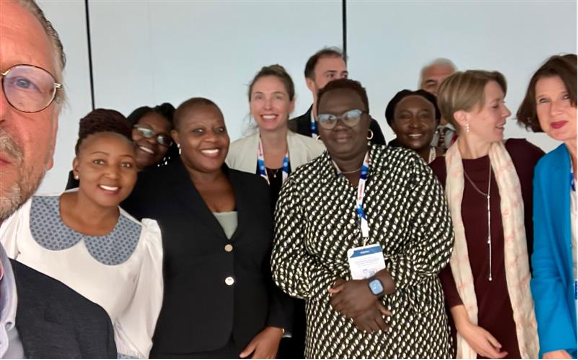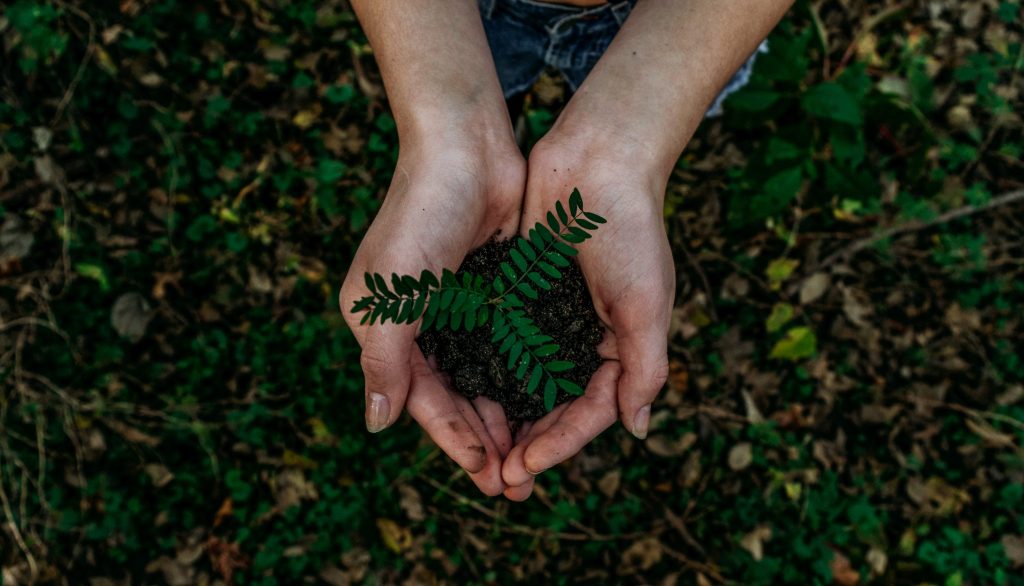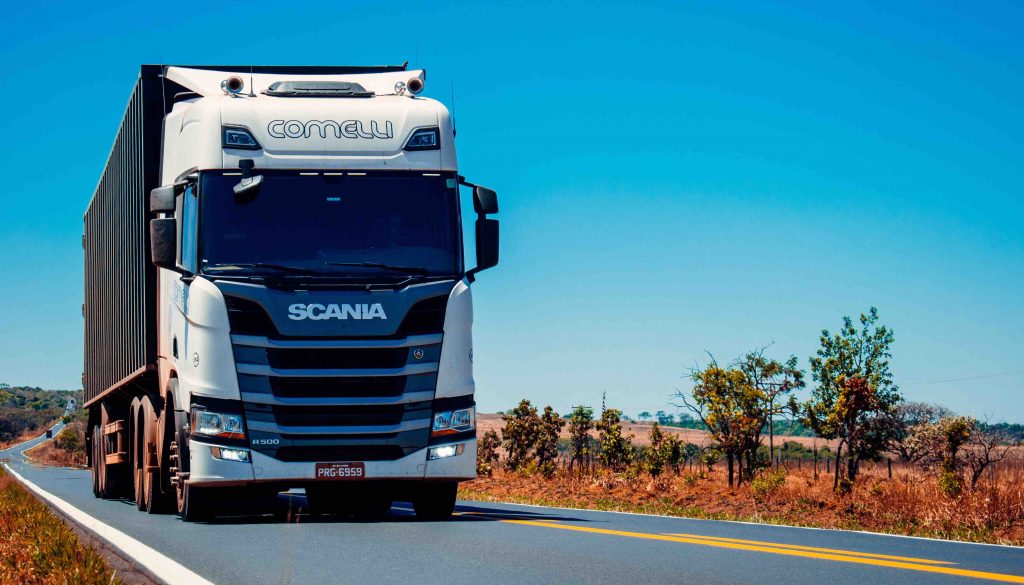Reflections from the Sustainable Journalism Partnership meeting at the World News Media Congress

Palacio de Congresso, Zaragoza, Spain, 29 September 2022
Participants
- Pamella Sittoni, Executive Editor and Managing Editor of the Daily Nation, Kenya
- Liz Corbin, Deputy Director Media and Head of News at European Broadcasting Union
- Melanie Walker, Media Development Director and Gender Lead at WAN-IFRA
- Tom Trewinnard, Founder and COO of FATHM, climate journalism consultants
- Alexandra Borchardt, author of the EBU climate journalism report to be published
- Ruth Kronenburg, Director Free Press Unlimited
- Jason Lambert, Senior Director Media Business Internews
- Guy Berger, consultant, former Director IPDC/UNESCO
- Jane Godia, Director Africa, Women in News
- Tamala Chirwa, Director of People and performance, Women in News Africa
- Susan Makore, Director of Advisory and Insights, Women in News Africa
- Tryphinah Dongwana, Founder and Editor in Chief, The Weekend Post Botswana
- Lars Tallert, President Sustainable Journalism Partnership and Senior Advisor at Fojo, Linnaeus University
This is the Sustainable Journalism Partnership
We are researchers, media leaders, educators and practitioners that develop knowledge and practice on how journalism can be made more sustainable and at the same time contribute to a sustainable society: in research, education, business and journalistic practice. We were constituted as a non-for-profit in June and registered in August 2022. We already have more than 200 members, among others WAN-IFRA, Internews Earth Journalism Partnership, Premium Times Nigeria, Splice, Free Press Unlimited, Mexicana Red de Periodistas Ambientales, AWIM and Wits Centre for Journalism.
This meeting revolved a lot around climate journalism, as we were all enlightened by Alexandra’s report, but please note that there is much more to the concept of sustainable journalism.
Conclusions of the meeting and way forward
On a positive note:
We see tremendous business opportunities for media to engage in climate reporting and other issues related to sustainability. If we focus on climate journalism, we have the possibility to engage the young generation. It also offers a possibility to solve the recruitment problem. Some of the sharpest young minds are engaged in coping with climate change. They see working as a climate journalist as a possibility to use their talent in the best way. (DW example).
So, if we focus on climate journalism, we can solve two problems at the same time (the saying “killing two birds with one stone” doesn’t really fit into this context, does it?)
According to Alexandra, there is so much energy and so little resistance to do climate journalism in the newsrooms. But this potential has not been tapped into, maybe because editors have been focusing on other things and not letting staff with climate knowledge get to the front?
Our assumption is that these trends will become stronger in the time to come, the more we experience the effects of climate change.
On a negative note:
The majority of people in general, as well as many editors and reporters, are presently not interested in climate change. And it is difficult to make journalism out of it. Climate change is a long-term story – it is seldom breaking news. And our brains have difficulties in coping with the concept (Recommended reading on this: “Don’t even think about it, why our brains are wired to ignore climate change” by George Marshall).
There is a general lack of understanding among reporters and editors on how “business as usual journalism” plays into society, and how it often contributes to increased despair and disengagement from climate action rather than supporting it.
What can we do?
We have to showcase that this is good business, that this can bring more profit and engage audiences, not least young audiences. We need to come up with compelling stories that talk about the business case. We need case studies, both from the Southern and Northern hemispheres. And we need to display that there are also cost benefits related to more sustainable production of news.
The data, models and much of the knowledge are at hand, but we need to accumulate it and share it. Everyone knows that if we don’t take on this challenge together, we will go down together. So, there is a strong imperative for media houses to share their data, especially around climate change.
We can use the network set up by the Sustainable Journalism Partnership to do this. Danish Politiken has already shared some of their data, and the Nation Group and others are willing to do so. But we need to do it in an organised way, and for this we need additional funding.
Journalists often don’t know where to get this kind of data, as they often do their research on their own. So we can facilitate close cooperation with editors, reporters and researchers in our network.
It seems as if interactive, solutions-oriented journalism can be a way forward (good example from Montana by FATHM), giving the users a sense of agency.
So we need to rethink how we define good journalism. And we need to rethink how we define profitability.
We can also merge the media development organisations and the media industry with sustainability researchers. However, scientists are typically lousy storytellers. Our job as journalists is to tell stories, and we should tell compelling stories about people here and now, not about what might happen in the distant future. The Indian writer Amitav Gosh says: “Journalists have taken on the stories of the scientists and forgotten the stories of the people.”
But we can also jointly engage managers, editors and reporters to increase our knowledge and change our mindsets, displaying possibilities and individual action that improves life, rather than drowning in “business as usual doom and gloom”.
Pamella lifted the need to show communities how they can adapt to climate change. For example, what kind of crops is good to grow when the climate changes? We can act as a positive link between the communities and the experts, assist communities in their daily life, building trust and confidence instead of the “business as usual journalism”, crying out disaster, famine and drought. Because what kind of profitability and sustainability will we be looking for, if communities cannot save themselves?
Journalism is about telling stories. We can be better at telling stories that engage about how gender equity and a fossil-free society hold the keys to the future.
Finally, we need to have discussions on climate change with many more people now. It is an urgent issue and not something we can spend the next five years trying to figure out.
Alexandra’s five action points
Alexandra gave us some clues on how to deal with climate reporting, inspired by Maxwell Boykoff, Chair of the Department of Environmental Studies at the University of Colorado and that all my findings are based on interviews with about 20 media leaders and academics from all over the world:
1. Make stories that focus on the here and now instead of the distant future. As human beings we can’t relate to something that is very far off. Our brains are geared to react to imminent threats and dangers. What can we do here and now and at home?
2. Make stories about where people live, putting them in a local context.
3. Make stories that talk about the benefits of change. What do we have to gain? Presently we can see lots of stories of doom and gloom, about losses and what we have to sacrifice. This increases news fatigue and news avoidance. It is not good for business and is not good for the sustainability of society (even if it may seem logical from a traditional journalistic perspective).
4. Make stories where people find an agency, that show that people themselves can act and do something.
5. Focus on specific audiences, not the general public. You can’t do “one size fits all”.
This is very much in line with the findings of the Sustainable Journalism Partnership. We will publish our findings once we get the digital community platform ready for use within a few weeks.
A final metaphor inspired by Zaragoza
There is a high-speed electric train ready to leave the dirty old Central Gas Station. Let us strive for independent, gender-balanced, inclusive and solution-oriented media to be on that train. We don’t want to be left behind at the platform!





Responses